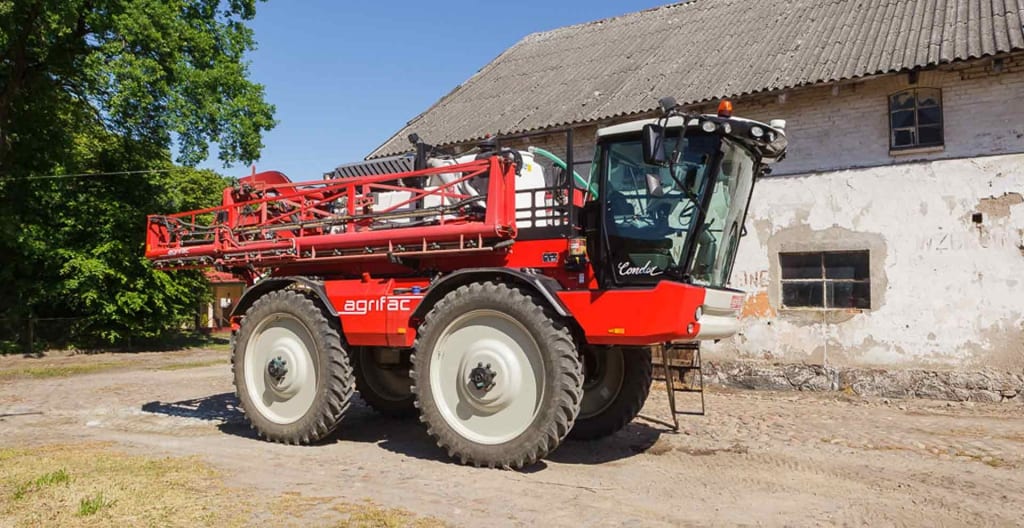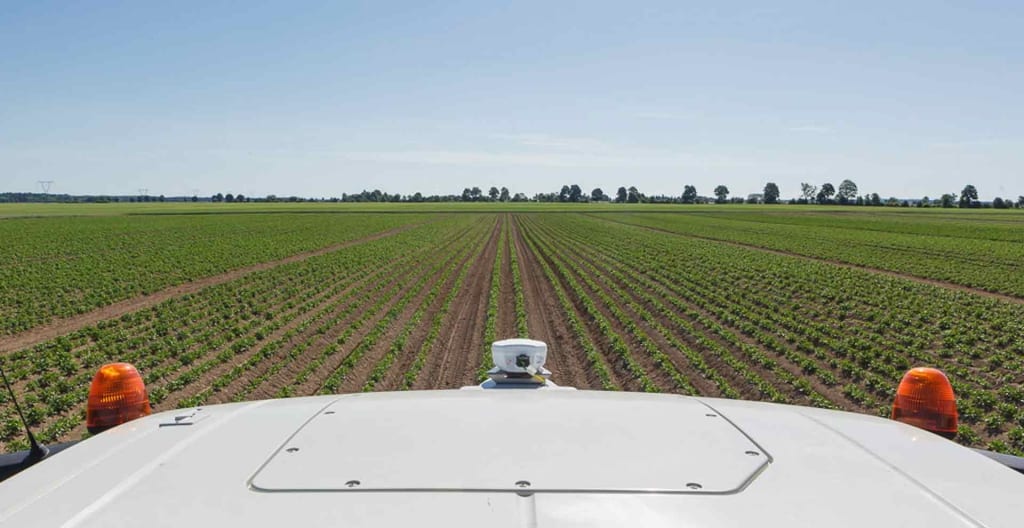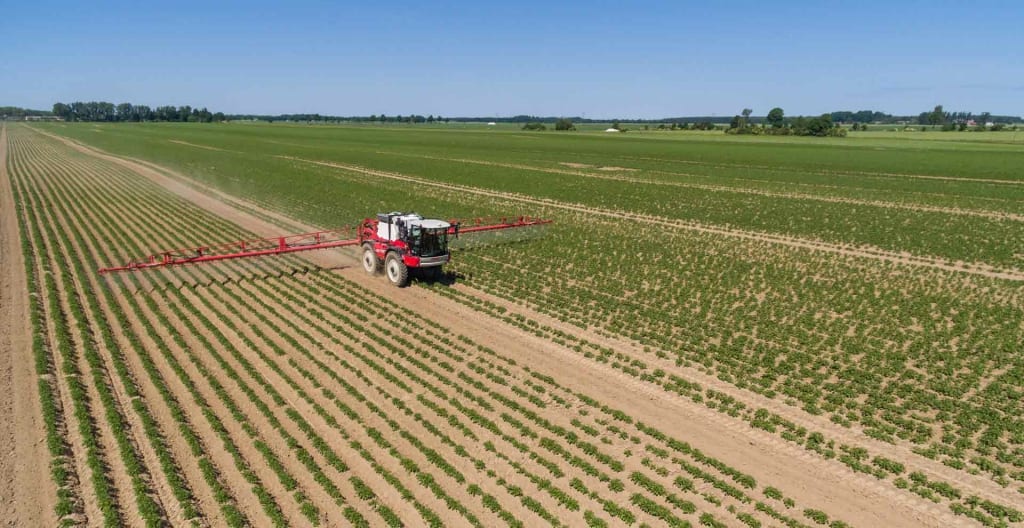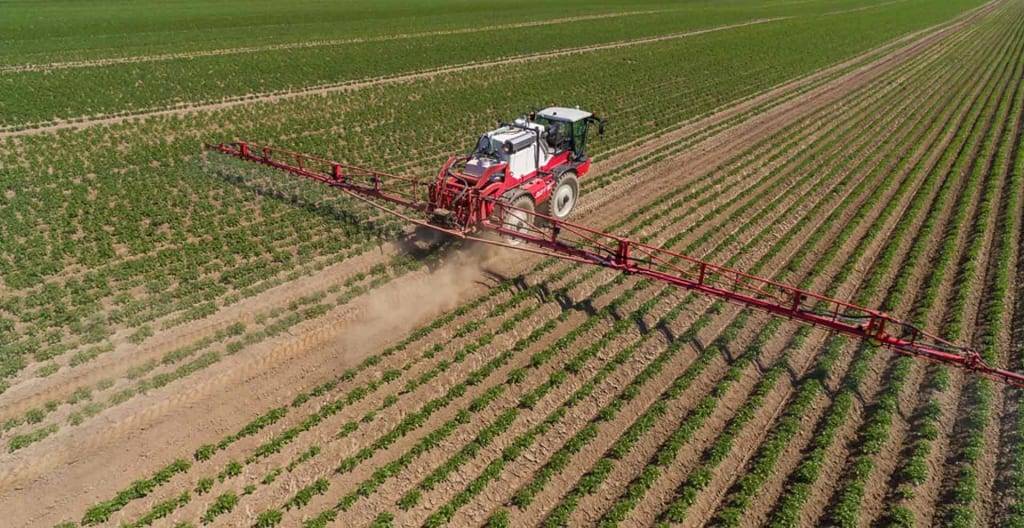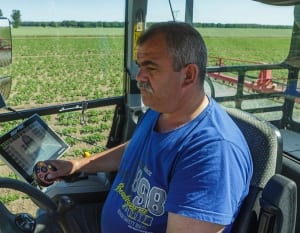
Szczepan Malihowski
Driving on the E28 from Berlin through Poland, the large number of wildlife alongside the road surprises me. It is dusk and the roe deer, deer, foxes, boars and other animals started their nightly hunt and look curiously toward the headlights. The aim of this part of my short trip through Germany and Poland is a visit the next morning to the state owned company Pomorska Mazurska Hodowla Ziemniaka on the outskirts of the northern town of Słupsk.
Drought
Słupsk once arose as a Slavic settlement around a castle along the Słupia River. The first mention of the place dates back to 1227. Today, the town has about 100,000 inhabitants. Just outside Słupsk, we find the Pomorska Mazurska farm. The Director, Szczepan Malinowski, welcomes us. At a time when much of western and central Europe suffers from excessive rainfall and flooding, in parts of Poland it has been warm and mostly dry for a long time. Malinowski explains that the conditions for the farmers will be hard. Even the corn gives a rather sad sight. While talking, a fine layer of dust soon covers us.
Pomorska Mazurska consists of four companies in the province of Pomerania. The company that we visit covers 1,700 ha, on which partly seed potatoes are grown for reproduction and breeding for both the domestic and international market. In addition to the farmland there are greenhouses and laboratories, the company has several specialists who continuously work on improved technology for growing potatoes. The development of a new variety takes about 10 years. According to the director, the new varieties are characterized by volume and a high content of starch.
The Potato Research Institute
The Poles love potatoes. On average, they eat more than 84 kilos of fresh potatoes per year, the highest consumption in Europe. This consumption is however declining, as in many other European countries. Therefore, Poland makes a shift from consumption to the processing of the potato starch in all kinds of products. Most potato varieties available in Poland come from Pomorska Mazurska. Malinowski is proud of the close cooperation with universities, the Potato Research Institute in Bonin and of course with the farmers concerned. Although we see a clear focus on potatoes, on a large part of her fields Pomorska Mazurska also produces oilseed rape, cereals and beans.
The Condor Clearance
When asking about why he has chosen a Condor ClearancePlus for their crop protection, Malinowski is clear: 2.00 m ground clearance is important in order not to damage the rapeseed plants. Because of the flexibility in both width and height, this machine is usable on every field and for each crop. Eugeniusz Szul, the driver of the sprayer is even more clear: “To me it feels as if I’ve landed in heaven.” The combination of comfort, the large number of hectares that he can work in a day and the easy operation are the perfect combination for him, he states with a big smile. It has been a warm morning on an impressive farm. When taking leave, I express the sincere hope to come back again and see and learn more about their activities.
Learn More about Condor Clearance
More user experiences
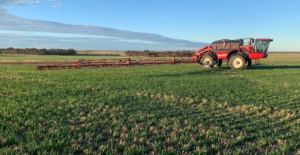
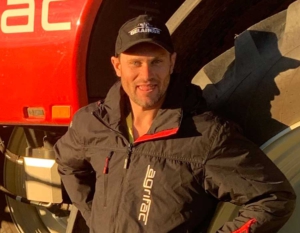
Rory Vermeesch, Mount Madden WA
The ability to impact the least amount of crop as possible while spraying was a huge factor in buying the Agrifac.
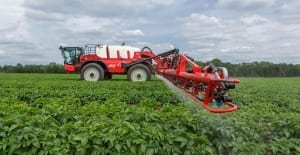
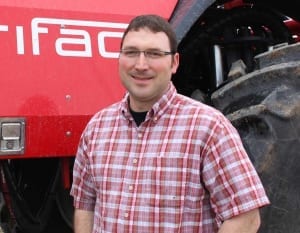
Ed Snyder
My name is Ed Snyder from Snyder crop services. We do crop protection application, fertilizer application and we do some sales in Liquid and dry fertilizer and some consulting in crop scouting.
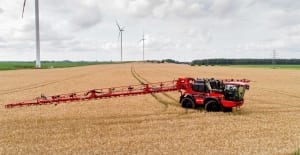
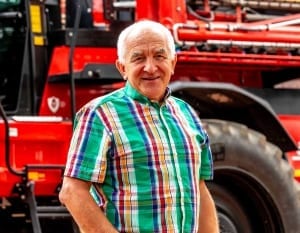
Robert Adkonis
The reason for buying this sprayer was that it has an ability to raise the suspension up to 2 meters and to also give the ability to change the track width in the range of 205 to 280 cm while driving.












